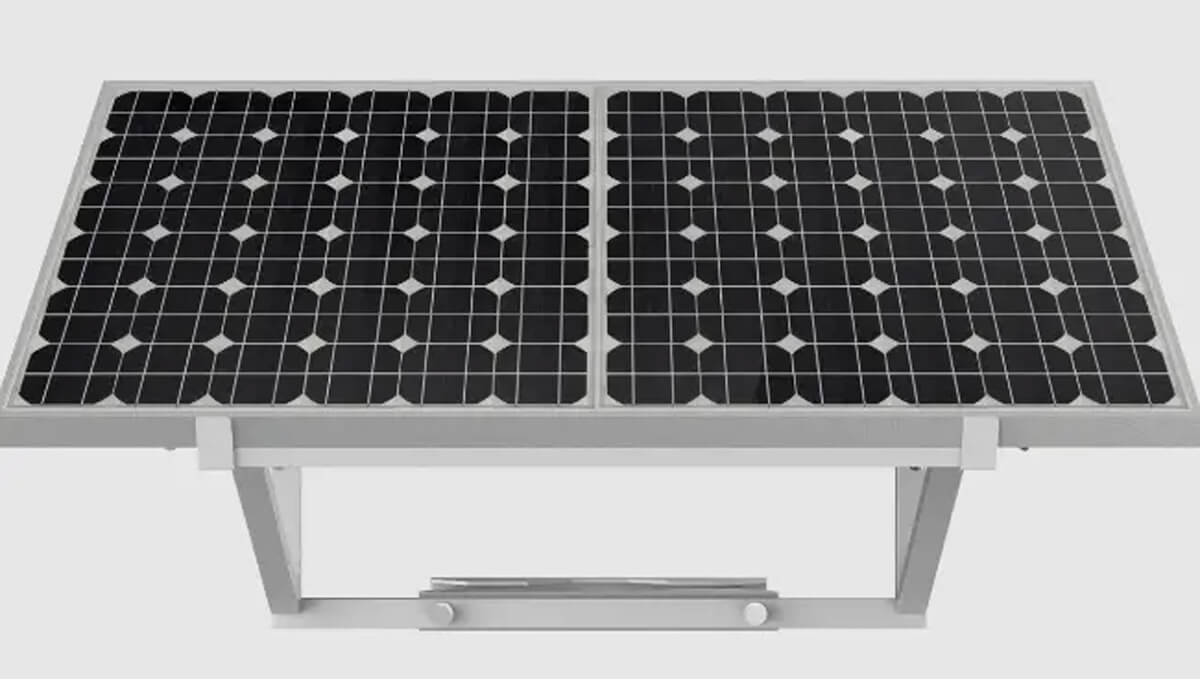To install a video surveillance system outdoor, two points are needed for the camera to work properly, one is to have a power source to supply power, and the other is to have a network that can transmit video signal. The signal transmission of the web cam can be through wired (network cable, fiber optic), wireless (4G, 5G, Wi-Fi or wireless AP) and other ways.
And power supply, you can use the power line transmission method, but also can consider the use of solar + battery power supply.
To install video surveillance system outdoor without electricity and network, using solar 4G surveillance camera is a very good choice.
Adopting solar power to get rid of cable, the installation is more flexible, convenient, fast, and somehow more cost-saving.
The difference between solar powered 4G camera and ordinary surveillance camera is mainly in three aspects: low power consumption, solar panel, and built-in battery.
Power Consumption
Using solar panel + battery method of power supply, the power consumption of camera is an important factor that must be taken into account.
When surveillance camera is running, the power consumed in different states is not the same. For example, normal operation, standby, PTZ rotation, remote access connection, local TF card recording, night light open etc. consume different power. Solar + battery power supply, limited capacity, certainly not as good as conventional power supply, so we must consider in any one of the working state as much as possible to save the power consumption of the camera.
Standby Mode
In this state, all functions basically stop running, only the heartbeat connection to the network is maintained, and the camera system is always in a dormant state.
Working Mode
Wake up the camera from sleep state (Standby Mode) to working state through mobile APP.
Remote access to preview the live screen of the camera requires continuous network connection (Wi-Fi or 4G), the camera is in normal working state, at this time the camera power consumption increases.
However, if the camera does not have remote access, always in standby mode, when the monitoring scene is abnormal, there is no TF card local video recording, and there is no remote connection to the NVR, then the deployment of monitoring is meaningless. The solution is very simple, connect the camera to a body-sensing alarm device, when there is a person in the monitoring scene, the alarm will be triggered to wake up the camera, so that it enters the normal operating state (push alarm information or alarm video stored to the local TF card).
Considering the low power consumption of the device, the body sensor alarm device of the surveillance camera is mostly PIR body sensor.
Solar Panel
Solar panels convert solar energy into electricity, which is then stored in the battery to provide electricity to the equipment. The raw materials used are monocrystalline and polycrystalline silicon, the more commonly used is monocrystalline silicon, which has a service life of more than 25 years and a photovoltaic conversion efficacy of about 20%.
According to the installation location, determine the tilt angle of the solar panel installation to obtain the maximum solar energy. The principle is that the azimuth angle in the northern hemisphere toward the due south direction, and the southern hemisphere toward the due north direction.
Batteries
The batteries used in home solar camera are mostly 18650 battery and 21700 battery. The maximum capacity of a single 18650 lithium battery is generally not more than 3000mAh, while the maximum capacity of a single 21700 battery can be made larger than 5000mAh. The voltage of a single battery is generally 3.7V, while the camera needs to work for more than 5V or 12V voltage, so it is necessary to use more than one battery in series and form a battery pack.
The project installation of solar cameras use storage battery, because of the need for larger capacity, storage batteries are more cost-effective. But the size is bigger and heavier, not suitable for home camera lightweight requirements and trends.

